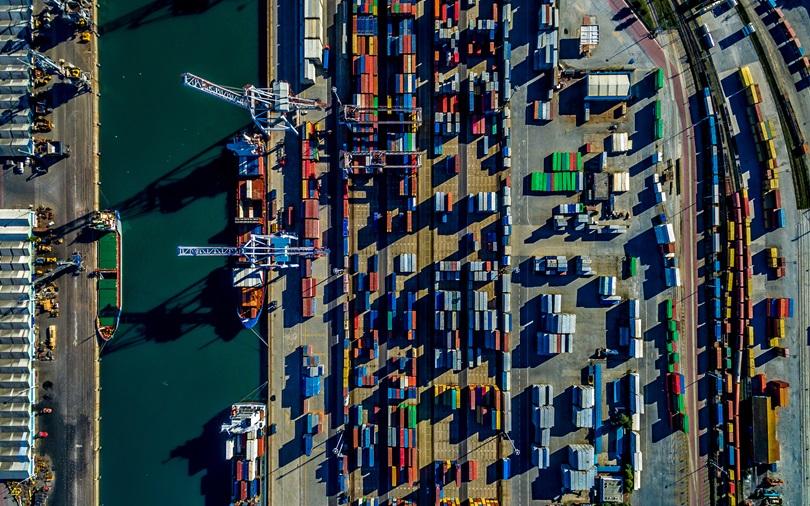With food and beverage often travelling a long way from where it’s grown, every transport, storage, processing and delivery link in the chain brings its own risks and exposures.
Depending on where a loss happens, it can be uncertain whether the property or cargo policies will cover the loss.
Stock throughput insurance eliminates that problem, replacing multiple covers with one end-to-end policy that protects your goods through all stages of their journey.
As well as removing gaps in cover, it can also help reduce the overall cost of insurance and release capacity in property programs.
Stock throughput can be an excellent option for:
- Retailers buying food and drink from producers and processors around the world
- Manufacturers with long, global supply chains
- Importers, exporters and distributors with complex logistics and storage needs
Our cargo team's expertise
WTW is one of the world’s longest established marine cargo brokers.
We have more than 200 specialists who specialize in providing industry-specific cover for clients.
The team is experienced in placing stock throughput programs with marine markets world-wide.
How we can help
What can be covered by stock throughput insurance
- Any raw materials, ingredients, works in progress, finished goods, packaging material, or equipment used in the food, beverage and agriculture industry.
- International and inland transits by any mode of transport.
- Goods while they are being stored, processed or manufactured.
- All locations, including unnamed third party warehouses and premises.
- All risks cover, from fire and theft to natural catastrophe.
- Large global earthquake, windstorm and flood limits.
How does stock throughput affect business interruption cover?
Stock throughput does not provide business interruption (BI) cover, but a valuation based on sales price provides a buffer against loss of profits.
You may also be able to amend your property policy so that it continues to cover business interruption caused by damage to stock.
Talk to our specialists listed at the top of this page for the smarter way to mitigate, manage or transfer your storage and transit risks.











